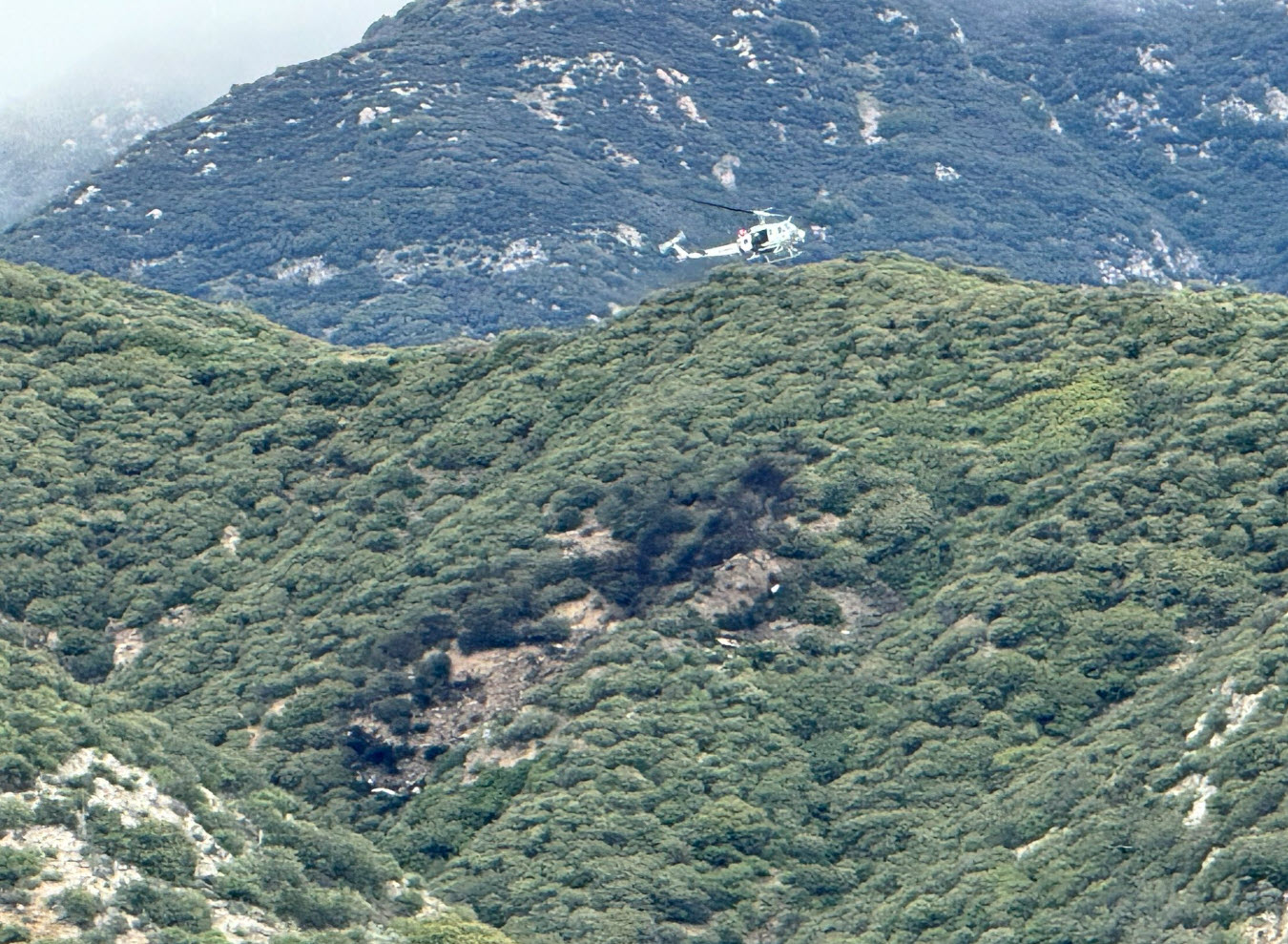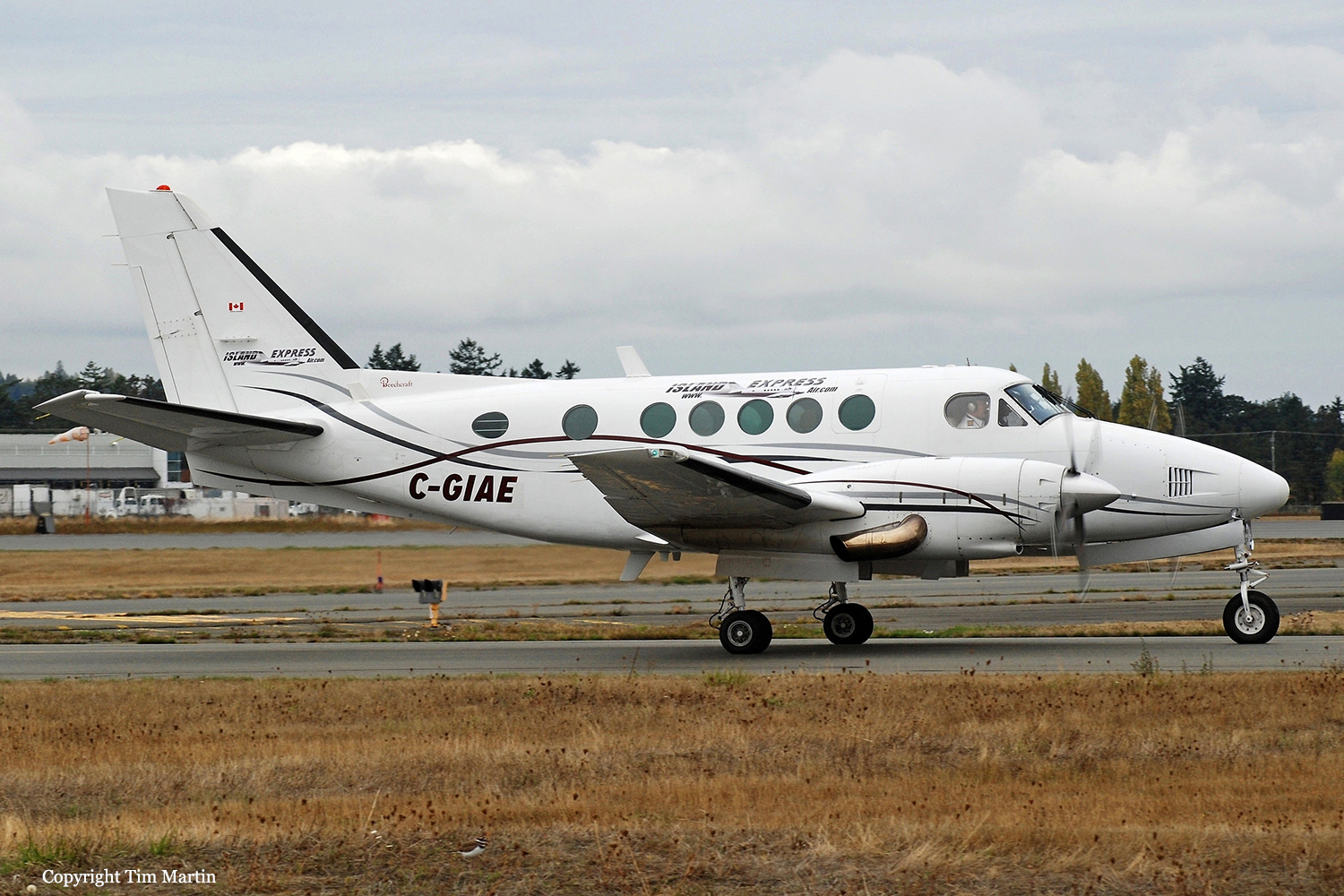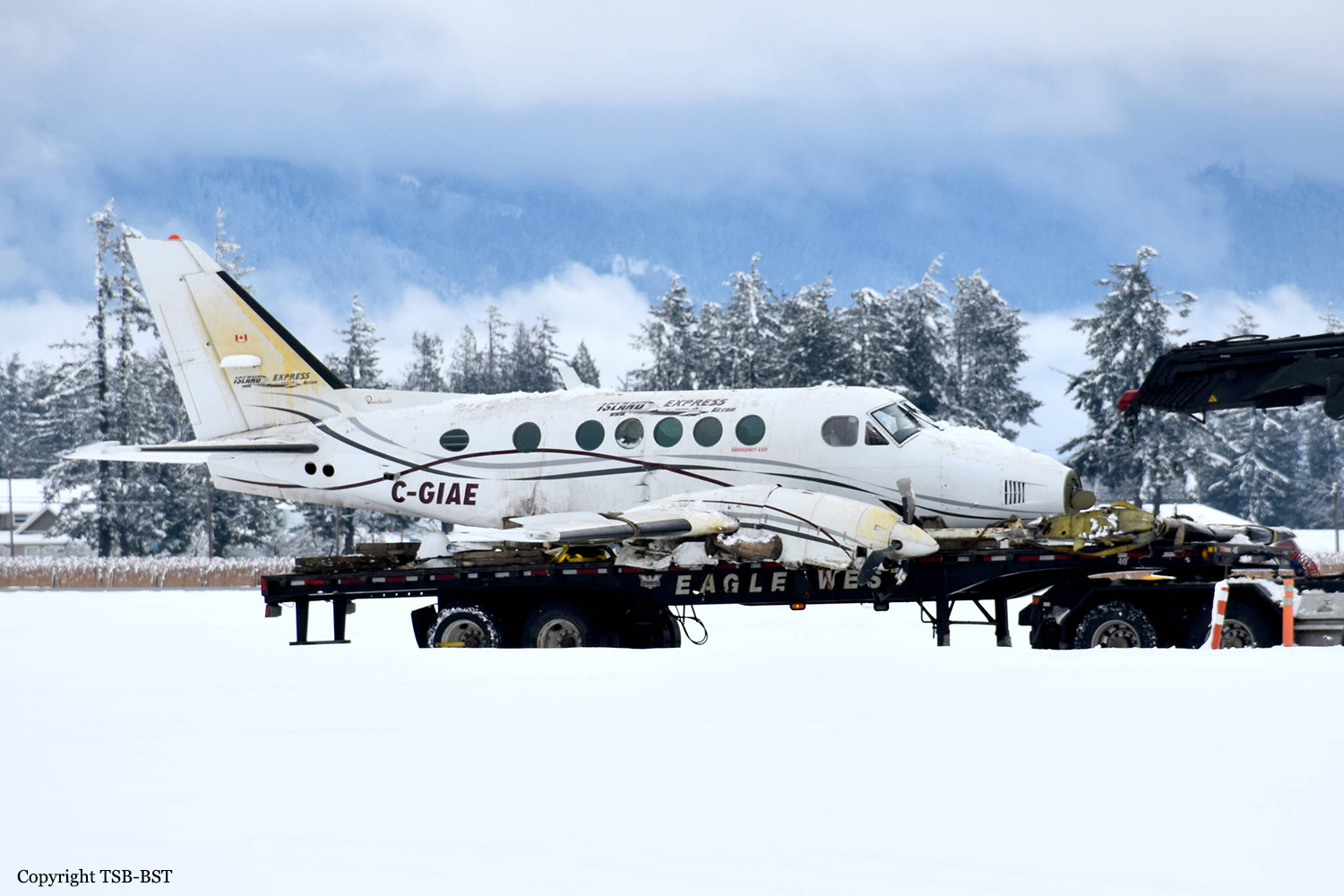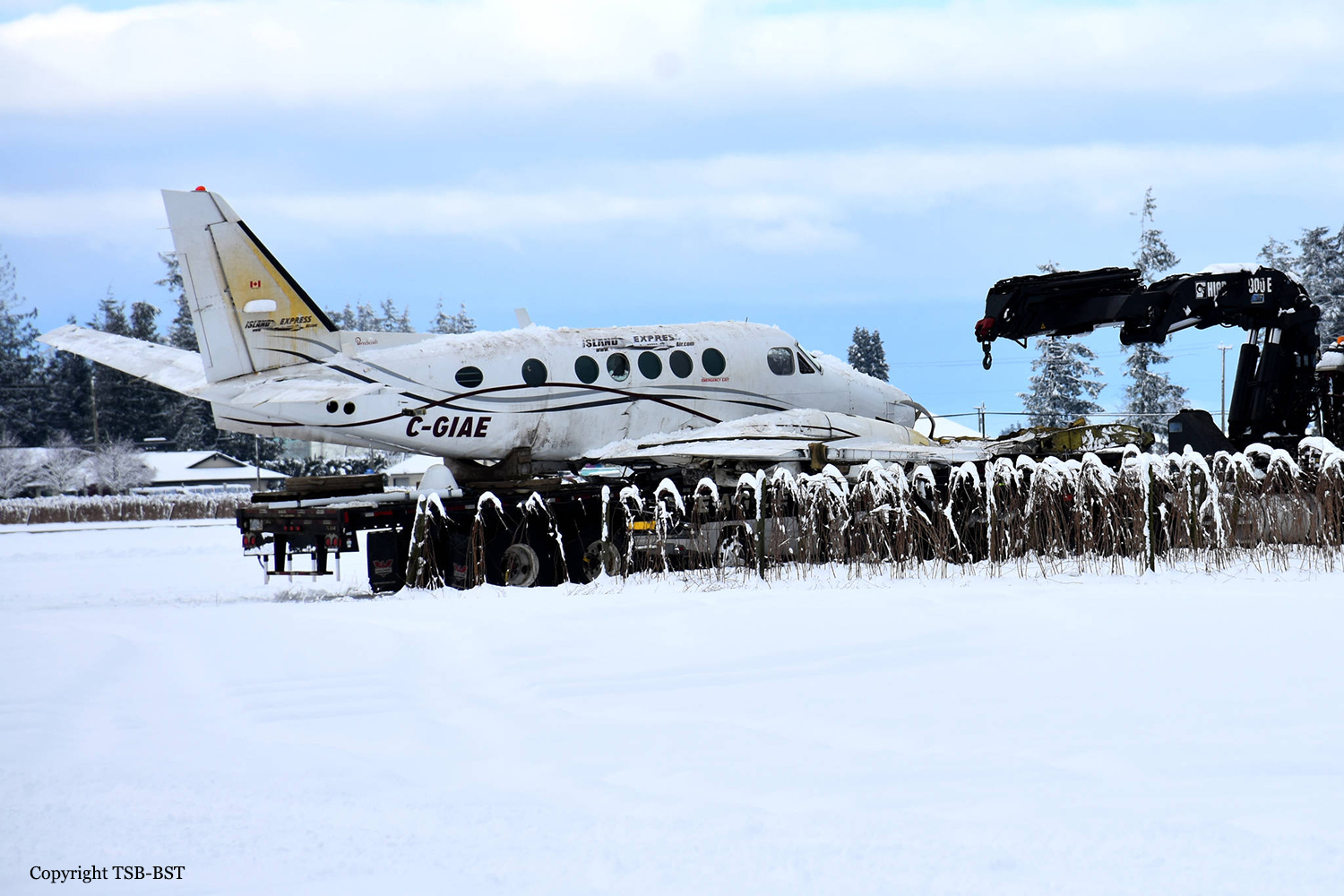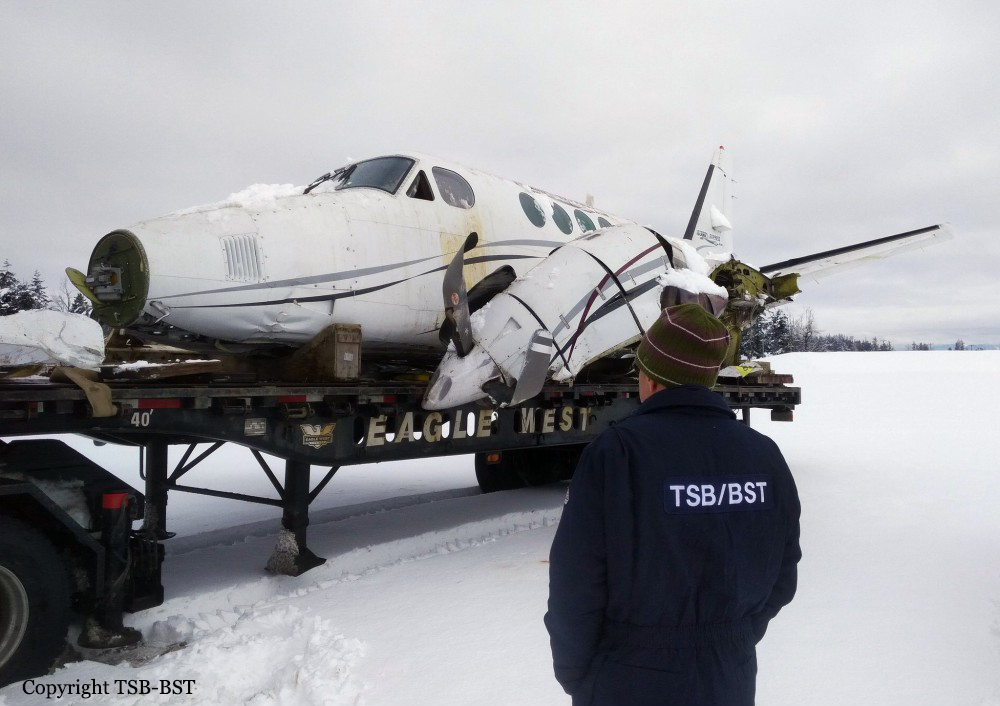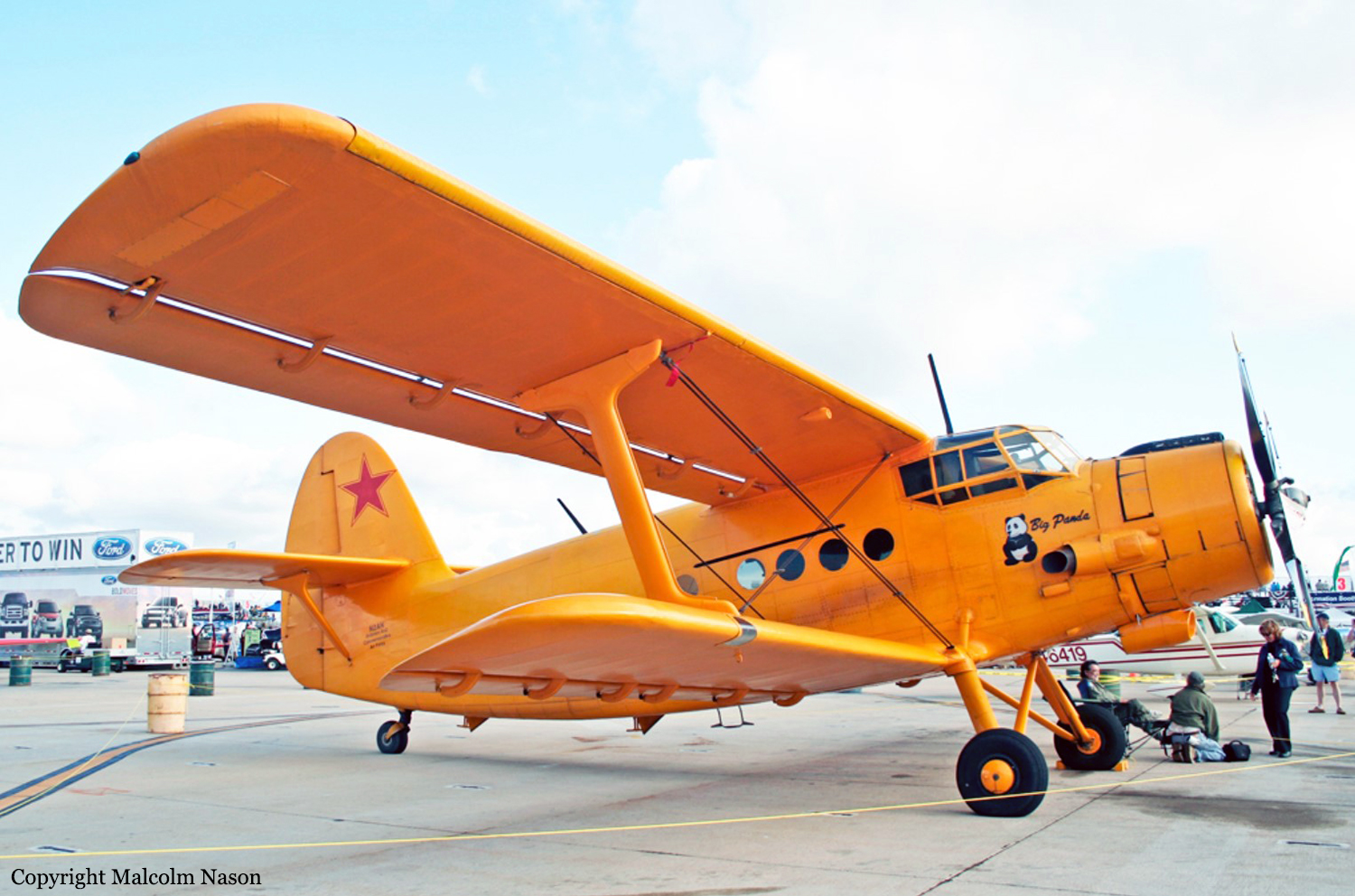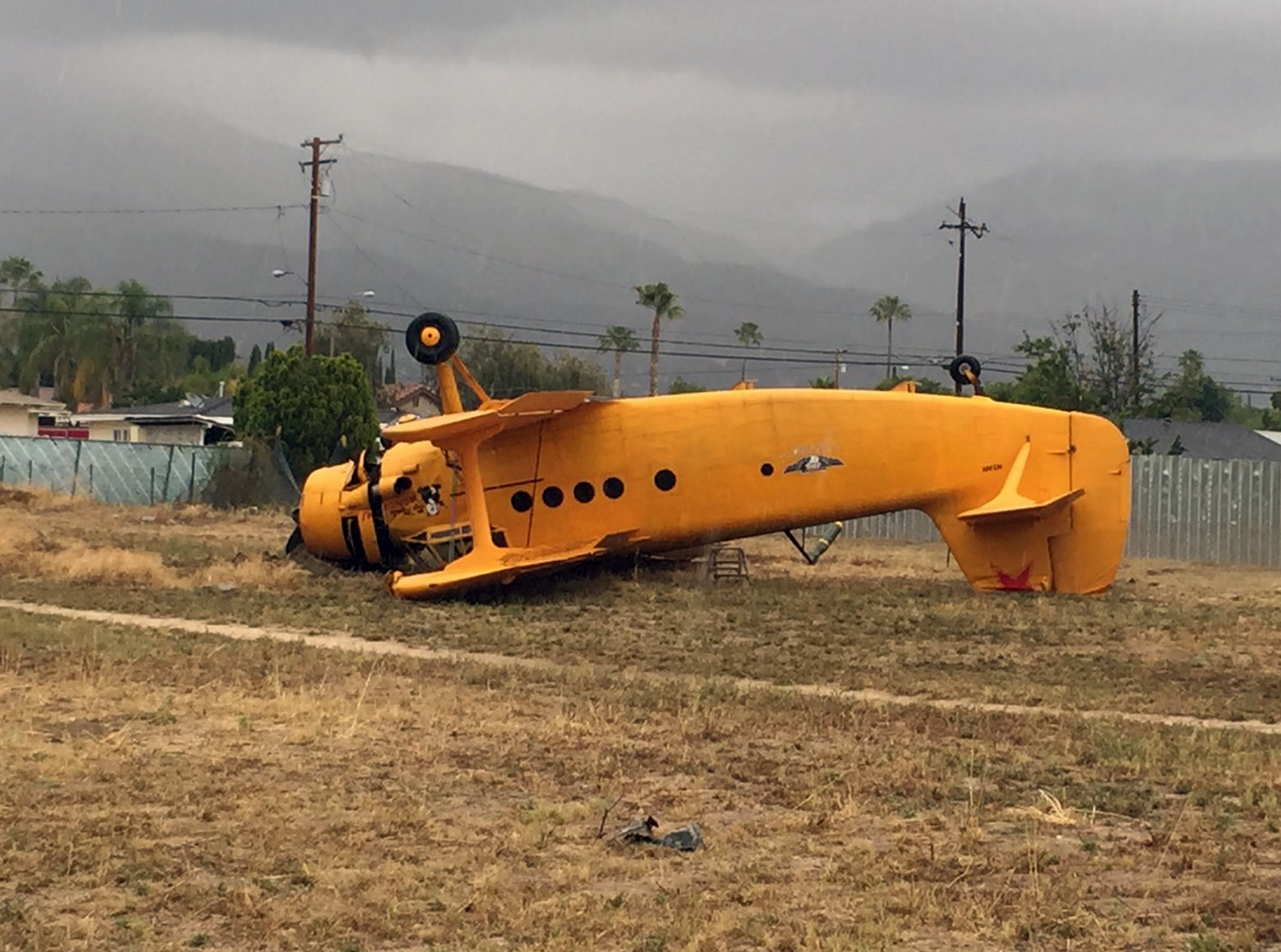Crash of a Rockwell Gulfstream 695A Jetprop 1000 in San Bernardino: 1 killed
Date & Time:
Apr 13, 2024 at 2019 LT
Registration:
N965BC
Survivors:
No
Schedule:
Stockton - Chino
MSN:
96071
YOM:
1984
Crew on board:
1
Crew fatalities:
Pax on board:
0
Pax fatalities:
Other fatalities:
Total fatalities:
1
Circumstances:
The pilot departed Stockton Airport on a solo flight to Chino. On a standard approach in rainy conditions, the airplane suffered two altitude deviations which the pilot attributed to a problem with the autopilot. Towards the end of the flight, the airplane descended past the Minimum Vectoring Altitude (MVA) of 7,400 feet and was issued an altitude alert by the controller, but there was no response from the pilot. The airplane entered an uncontrolled descent with a rate of about 10'000 feet per minute until it crashed in mountainous terrain. The airplane was destroyed by impact forces and the pilot was killed.
